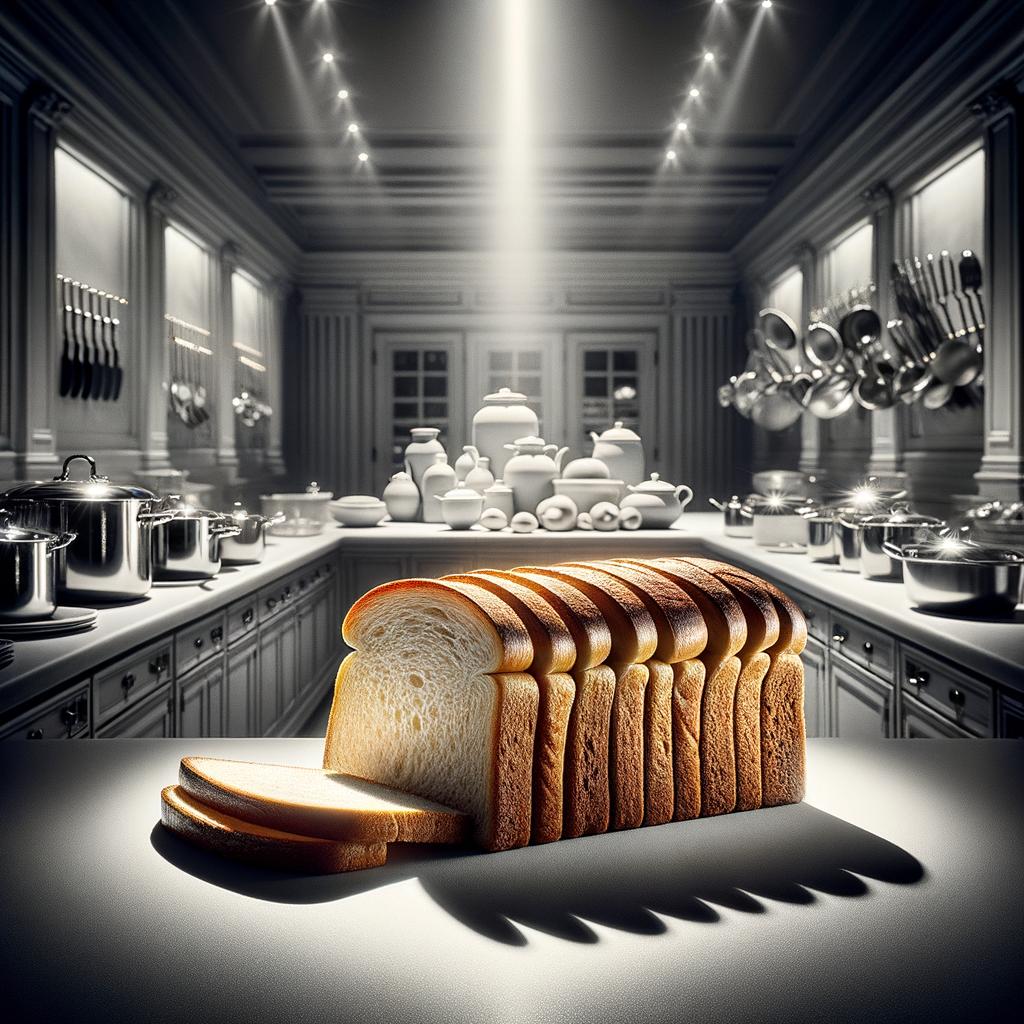Bread Slices

Description
Bread slices, the humble yet versatile cornerstone of many a meal, are nothing short of culinary magic. They possess an unassuming appearance, typically rectangular in shape with a soft, yielding texture, and a golden, crusty exterior. The flavor profile is as varied as the types of bread themselves - from the subtly sweet notes of a slice of brioche to the hearty, nutty undertones of a whole grain loaf. What sets bread slices apart from other food ingredients is their incredible adaptability. They can be the canvas upon which culinary masterpieces are painted, or the comforting, familiar taste that brings a dish together.
Primary Uses
Bread slices are used extensively across the globe, transcending cultural and culinary boundaries. They form the backbone of sandwiches, from the classic American PB&J to the sophisticated French Croque Monsieur. In Italy, they transform into bruschetta, topped with fresh tomatoes and basil, while in the UK, they're often served toasted with a generous layer of butter and marmalade. Beyond the culinary sphere, bread slices have been used for centuries as a basic form of cutlery, a practice that continues in Ethiopian and Middle Eastern cuisines today.
History
Bread's history is as rich and varied as its uses. Its origins trace back to the Neolithic era, where it was discovered almost by accident when grain, the staple diet, got wet and formed a dough-like substance. This dough, when left near the fire, hardened into what we now recognize as bread. Over time, bread's popularity has only grown, with each culture adding its own unique twist, from the fluffy naan of India to the crusty baguettes of France. Bread slices themselves gained popularity with the invention of the bread slicer in the early 20th century, forever changing the way we consume this staple food. Folklore around bread is abundant, with one popular tale suggesting that a baker would be punished if their loaf was underweight, leading to the tradition of the baker's dozen.
Nutritional Information
Bread slices offer a good source of carbohydrates, providing energy to keep you going throughout the day. They also contain varying amounts of fiber, especially in whole grain varieties, which aids in digestion. Some breads are fortified with vitamins and minerals, such as iron and B vitamins. However, it's worth noting that bread slices can be high in sodium and should be consumed in moderation as part of a balanced diet. Compared to similar ingredients, such as rice or pasta, bread slices can offer more fiber and a wider range of nutrients, depending on the type of bread.

